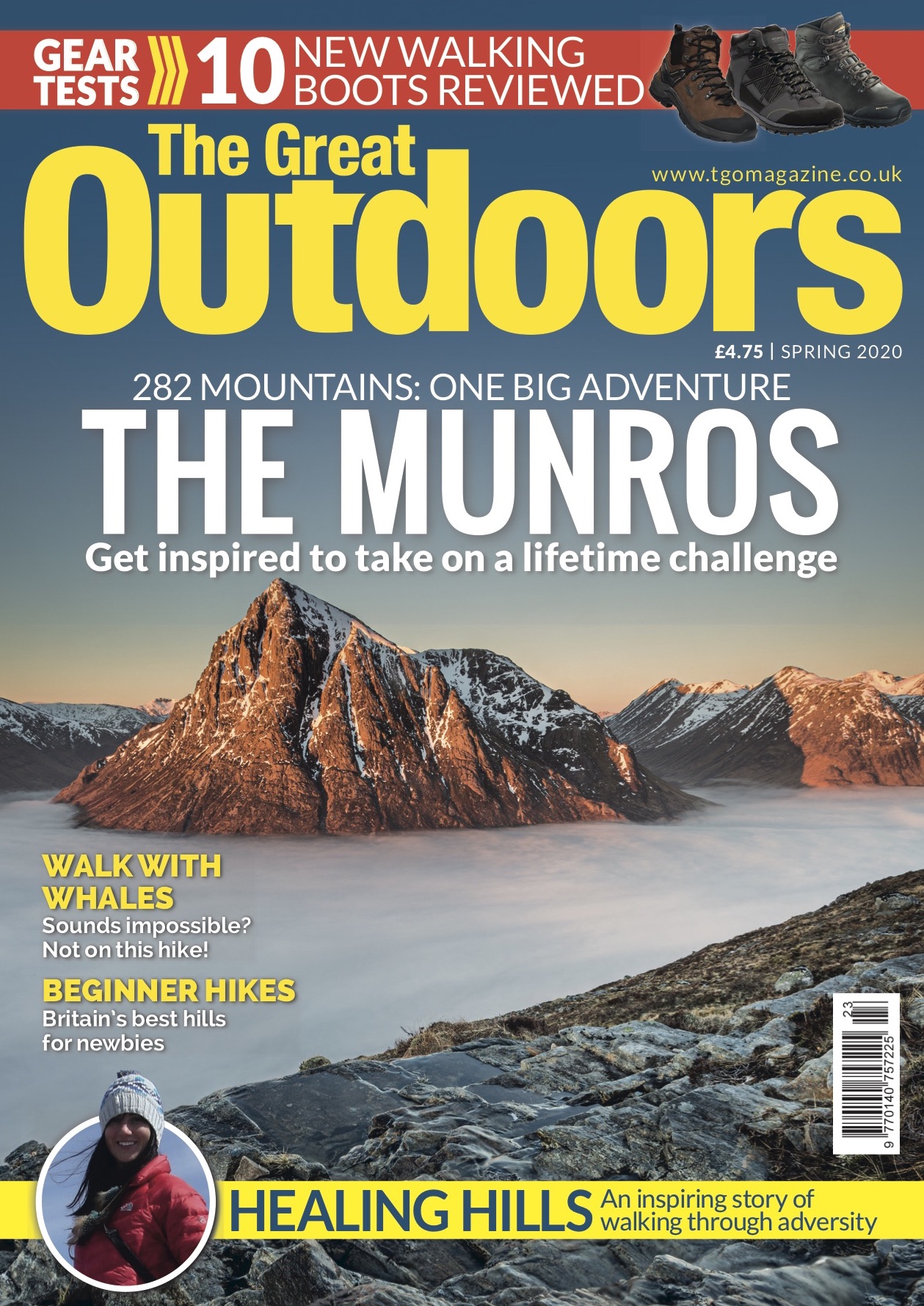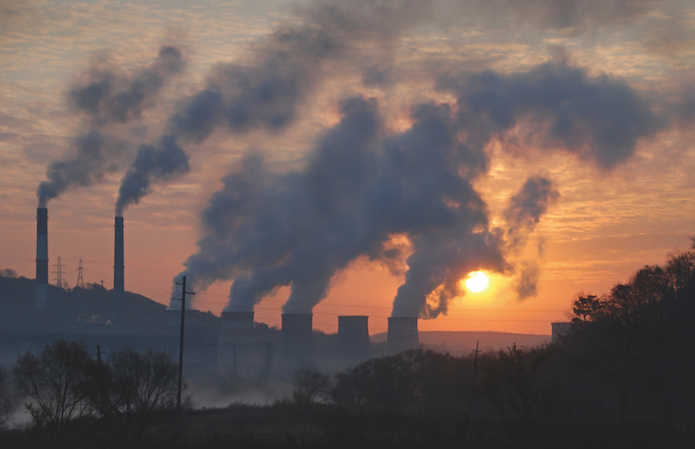According to a new poll, fewer than 9 in 10 Britons want to return to their pre-lockdown lives. Hillwalker Hanna Lindon asks what the ‘new normal’ might look like.
My gut reaction to the government’s lockdown announcement was shamefully self-entitled. What – no trips to the mountains? No pub walks? No prospect of getting any work done without a tiny person dropping cereal into the crevices of my laptop, demanding I dress up as a bug-eyed Disney princess or singing in my ear? No trips to the mountains?
I knew it was necessary, I knew that there were horrors taking place behind closed hospital doors that justified pretty much any compromise on my part, but that didn’t make the idea of a near future spent indoors any more attractive.
Then, over the next few days, I began slowly to notice the things that weren’t there.
First it was the planes: the contrail scars bleeding across the sky and the distant roar of flight traffic heading in and out of Gatwick Airport. After that it was the rumble of tyres from the nearby A road. At rush hour, the noise from the land and the noise from the air often blends together into a brown soup of background sound that follows me round the fields on dog walks. Suddenly it was gone. So was the dirty pollution haze on the horizon. I could breathe more easily on runs. The air felt cleaner.
After a week, I realised that I was grieving more for the transitory nature of this fresher, stiller, slower world than I was for the adventures and relationships that I’d had to put on hold.
Recent figures show that air pollution in the UK has plummeted since the country went into lockdown. Some cities have seen nitrogen dioxide levels fall up to 60% on the same period last year – a drop so dramatic that befuddled machines used to monitor toxicity are registering the new readings as faulty. Chronic noise pollution – linked to stress and a long list of physical ailments – has tailed off as well. Seismic noise caused by human activity is down by a third in some areas of Europe. “Because of the lack of or reduction in noise pollution,” wildlife sound expert Chris Watson recently told the i, “we’re hearing the world like people heard it decades ago.”
Animals are slowly moving into the vacuum left by human absence. Thailand has recorded the largest number of leatherback sea turtle nests in two decades. Wild boar were recently spotted in the centre of Barcelona and mountain goats have been entertaining the residents of Llandudno with their parkour-style antics.
Weirdly, given the fact that we’re all supposed to be distancing physically, many people also seem to be experiencing a growing sense of social connection. In a recent YouGov survey, 40% of respondents said they felt a stronger sense of community in their local area since social distancing measures were introduced and 39% said they’d been in touch more with family and friends.
According to the same poll, only 9% want life to return to normal when lockdown ends.
It’s a divisive topic. ‘Normal’ is a world where air pollution has a daily death toll that dwarfs that of coronavirus, where we can’t hear the birds above the traffic noise and where we’re so busy travelling to far-flung corners of the Earth that we can’t appreciate the beauty on our own doorsteps. On the other hand, it’s also a world where many of us have steady jobs – a world where we can hug our friends and make a bolt for the hills whenever there’s a gap in our schedules.
Can those two worlds be reconciled? There’s a glimmer of hope from the city of Amsterdam, which is formally embracing a new economic model to rebuild itself in a post Covid-19 world. At the centre of ‘doughnut economics’ is the idea that economic activity should meet the core needs of all, but within the means of the planet. It’s an enticing picture of a new normality. I hope it works.
Make indoor time better with The Great Outdoors
During the lockdown, we’re continuing to work (from home!) to make a magazine that will help you keep your outdoor spirit alive. Even though you can’t go physically go to the hills and mountains, we aim to take you there with our words and images, and perhaps conjure some of the feelings they inspire.
To show our readers our gratitude for their support at this time, current subscribers have had their subscriptions upgraded to include free access to the digital edition of the magazine.
To give you some great reading material for these indoor days, we’re also offering new readers:
- Three issues of the magazine along with the accompanying digital editions for £9.99 plus free postage, with no ongoing commitment to subscribe.
- Full subscriptions at just £15 for your first six issues.
- Or, if you want to catch up on content you may have missed, you can buy individual back issues with free postage and packaging.
Stay home, stay safe, and see you on the hills when the day comes!







